Irish Sea windfarm plan could see underground cables routed through Southport
Plus: A week in the life of travelling across Merseyside
Hello and welcome to the midweek edition of The Southport Lead.
Summer is coming to an end but there’s still lots to look forward to and that starts this weekend with the return of the Southport Air Show. Here’s hoping the good weather will continue to help enable another success event.
Today’s edition looks at plans for an offshore windfarm to be build near the coast of the Isle of Man and connecting to a Penwortham power station via underground cable - potentially being routed through Southport.
Public meeting to outline plans for Irish Sea windfarm
A public meeting will be held in Southport to discuss plans to build an offshore wind farm in the Irish Sea.
Danish energy company Ørsted is planning to build its latest windfarm off the coast of the Isle of Man and then connect it to mainland UK via a substation in Penwortham via underground cables.
The proposed Mooir Vannin Offshore Wind Farm forms part of the wider East Irish Sea Transmission Project and among its options for the cable corridors is a route south of Southport.
A final route to be selected later this year based on environmental, technical and community feedback. As part of the process, Ørsted has been required to consult councils in affected areas, including Sefton, West Lancashire, Fylde and South Ribble.
It is now set to embark on a series of community information events to discuss the plans with the public. The first of those will take place at Southport Community Centre, Norwood Rd, between 1pm and 6pm on Monday, September 8.
An earlier consultation with Isle of Man residents has seen the overall size of the proposed windfarm reduced from 100 turbines to 87 across an area of 81 sq miles rather than 97.
A spokesperson for the company said: “Community engagement is a vital part of our development process. We want to hear your views and work together as we develop our plans responsibly and in a manner that will support local interests.
“We will be seeking feedback to help develop our proposals on matters including the environmental, social and economic impacts of the project. We apply a process of active and early engagement to provide stakeholders with opportunities to influence the final shape and size of the project.”
The firm, which is Europe’s largest wind power company, aims to have the windfarm operational in either 2032 and 2033, with power being generated from that point. Under the current proposals, turbines would be built about 6-12 nautical miles off the island's east coast.
Last year, Secretary of State for Energy Security and Net Zero Ed Miliband confirmed that the proposal had been granted nationally significant infrastructure status. That means that a decision will be made by the government rather than a local authority.
Explaining the decision, the government said the proposed development and wider project “will play an important role in enabling an energy system that meets the UK’s commitment to reduce carbon emissions and the Government’s objectives to create a secure, reliable and affordable energy supply for consumers” and that this process would “provide the certainty of a single, unified consenting process and fixed timescales”
As well as the Southport event, a further one will take place at St Aidan’s Village Hall in Halsall from 2pm to 7pm on Tuesday, September 16. Attendees can drop in at any time and do not need to register beforehand.
Recommended reading
🏌️ Tommy Fleetwood - Southport’s finest golfer and one of sport’s good guys - won his first PGA Tour title last week. The BBC spoke with those who know him well from his involvement at Formby Hall
🎤 The first ever Coastal Jam festival is taking place across Southport in a week and a half. Explore Liverpool has more details
🌞 Fresh from his appearance on BBC Breakfast, Stand Up For Southport’s Andrew Brown has written about just why Southport Pier is so important to the town
Trains, bikes and taxis: a week travelling across Merseyside
By Elliot Jessett
Public transport can be expensive, unreliable and very frustrating, but it’s also easy to get too focused on the negatives and overlook the days when everything runs smoothly – that’s certainly the case when I look at my own response to Merseyside’s transport system.
So in an attempt to capture a snapshot of life travelling around Merseyside, I spent a week documenting my experience using its cycle lanes, trains and automobiles.
Firstly, the thing that stood out the most to me, was the friendly, approachable and professional staff which keep the trains, taxis and buses going and who seem to have an inexhaustible supply of patience. Not only are they completing their daily tasks, they are dealing with members of the public who are rushing around the region, sometimes fraught after a delay or a cancellation. I’m often one of them.
Like thousands of other people across Merseyside, I am wholly reliant on public transport and regularly use trains, buses, taxis – and my bike – to travel to different areas to conduct interviews, attend council meetings and interact with the communities located in my patches.
As a local democracy reporter for both Knowsley and Sefton, the neighbourhoods I write about are quite far apart and it’s not unusual for me to travel daily between Huyton, Southport, Bootle, Kirkby and Prescot. I find the most economical way to do this is to spend £6.50 on a LCR Metro day saver ticket which is remarkably good value and allows me to use trains and buses across the region.
However, the first stumbling block is you cannot purchase a Day Saver before 9.30am which is not unusual and replicated by many cities across the UK – except London where you can choose to pay a little extra for peak travel. For someone who starts work at 9am, but has various appointments in various locations, this can be frustrating and I’ve found myself doubling my travel budget just to get around.
To mitigate this expense, I sometimes cycle into work, lock my bike up and then buy a Metro pass when I’m ready to go out and about. Fine in theory, but the off-peak/on-peak issue can often feel like the least of my travel worries. One day certainly springs to mind when I wrote this.
I was travelling from an appointment in Kirkby back to the office when the train stopped between Kirkby station and Fazakerley. The driver announced there would likely be an hour’s delay due to a trespasser on the line and shortly afterwards, a fellow passenger appeared to snap.
He rose from his chair and opened the train doors via the emergency handle and jumped out onto the ground below, walking off back down the tracks towards Kirkby.
In a moment of irony, the train driver announced five minutes later the original issue had been resolved, but we would remain at a standstill because the man who leapt out of the train was now deemed to be a ‘trespasser on the line’.
We were then back on our way 15 minutes later when the driver updated us all: “The passenger who self-evacuated the train has been seen leaving the station at Kirkby.”
Two days later, I was travelling between Bootle, Formby, Aintree and Liverpool city centre. I used my bike to get to my first appointment and was cycling along the A565 – no cycle lane – when the back tyre burst. I had to lock it up and then take a £20 round taxi trip to get to the interview subject in time.
After spending £15 getting my tyre repaired, I was soon hurtling my way towards Formby on a delayed train on the Southport line, with my appointment scheduled a 10 minute cycle ride from Formby station.
As I was cycling along one of the faded cycle lanes – gritty and in a poor state of disrepair – my back tyre burst for a second time that day. Cue another £15 repair cost, cue another moment of being completely stranded.
After eventually making it back to the station, the train back into Liverpool was delayed by ten minutes – I had to take this to Sandhills to connect with the Ormskirk train which was also delayed.
Returning home from the Old Roan, I had to get the train back to Sandhills – again delayed. Thankfully I wasn’t going to any station in between Moorfields and Hunts Cross because the driver informed us – due to delays – those stops would be missed.
After alighting at Sandhills, I then caught the Southport train during rush-hour. Despite seeing eight carriages during off-peak, invariably there are only four carriages on-peak. This was the case with the Southport train.
As a result of the evening rush, the four bike slots were taken so I had to stand shoulder to shoulder on a packed train for the duration of my journey.
It’s fair to say my patience was wearing thin at this point and as I contemplated a day of mishaps, unnecessary expenditure and constant delays, I was just happy to get back home and relax.
As part of preparing the details of this article, I researched some facts about the transport services in Merseyside and found things that surprised me and directly challenged whether my experiences were typical or just down to a few bad days.
For example, the Rail User Survey engages a ‘representative sample’ of 2,000 people across Great Britain and asks them about their public transport use. Those who used rail in the last seven days are asked about their overall satisfaction with their most recent rail journey.
The results of the last survey – covering the period September 2024 to March 2025 – showed Merseyrail is the second-highest overall customer satisfaction rating. The City Region’s rail operator also achieved the highest satisfaction score in the country for punctuality and reliability, achieving a score of 87% satisfaction in this measure.
A spokesperson for Merseyrail, said: “Merseyrail continues to deliver one of the most reliable rail services in the UK. Between January and June, 92% of our customers were satisfied with their journey, according to the independent Transport Focus survey, the highest satisfaction level in the country.
“We’re building on this success with the launch of Tap & Go this week, making ticket purchases quicker and easier for our customers.”
These figures show a disconnect between perception, personal experience and the statistical facts which often highlight the bigger picture. However, that doesn’t necessarily invalidate personal experiences on Merseyrail, especially over the last few months when the Liverpool ECHO has reported on countless instances of disruption on Merseyrail’s train network.
However, improvements have already begun with the launch of the new ‘Tap & Go’ service which was rolled out across Merseyrail earlier this week. After years of waiting and missed deadlines, passengers will now be able to tap in and tap out on train journeys across the Liverpool City Region using a Metro card
Responding directly to the issues raised by the LDRS about some of Merseyside’s cycle lanes, a spokesperson for Sefton Council said: “Our maintenance budget is used to maintain the whole highway network, including roads, footpaths and public rights of way.
“We have increased how much we spend on cycle maintenance this year to focus on sweeping and cutting back vegetation for cycling and walking routes and continue to review this.”
In response to frustrations around the limited cycle storage on Merseyrail trains, a spokesperson for the rail operator added: “Our new trains were designed in collaboration with local cyclists, increasing bike capacity by 50% and adding features such as extra space for bikes, buggies, and luggage. Secure cycle storage is also available at most stations.”
The LDRS contacted the Liverpool City Region offices to ask about transport infrastructure more widely – including the cycle lane network, as well as trains and bus timetables, road maintenance and future plans to improve transport across Merseyside.



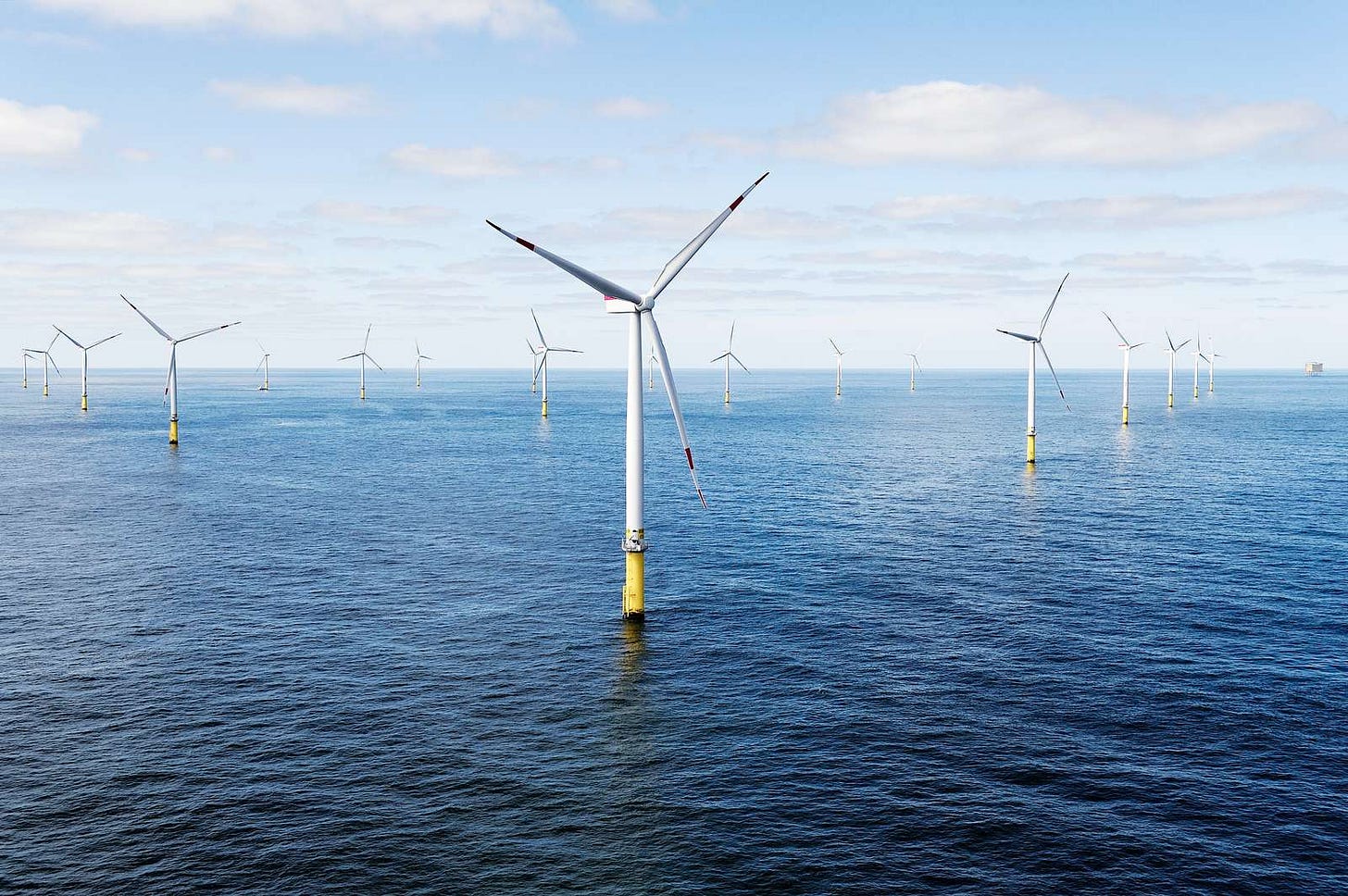
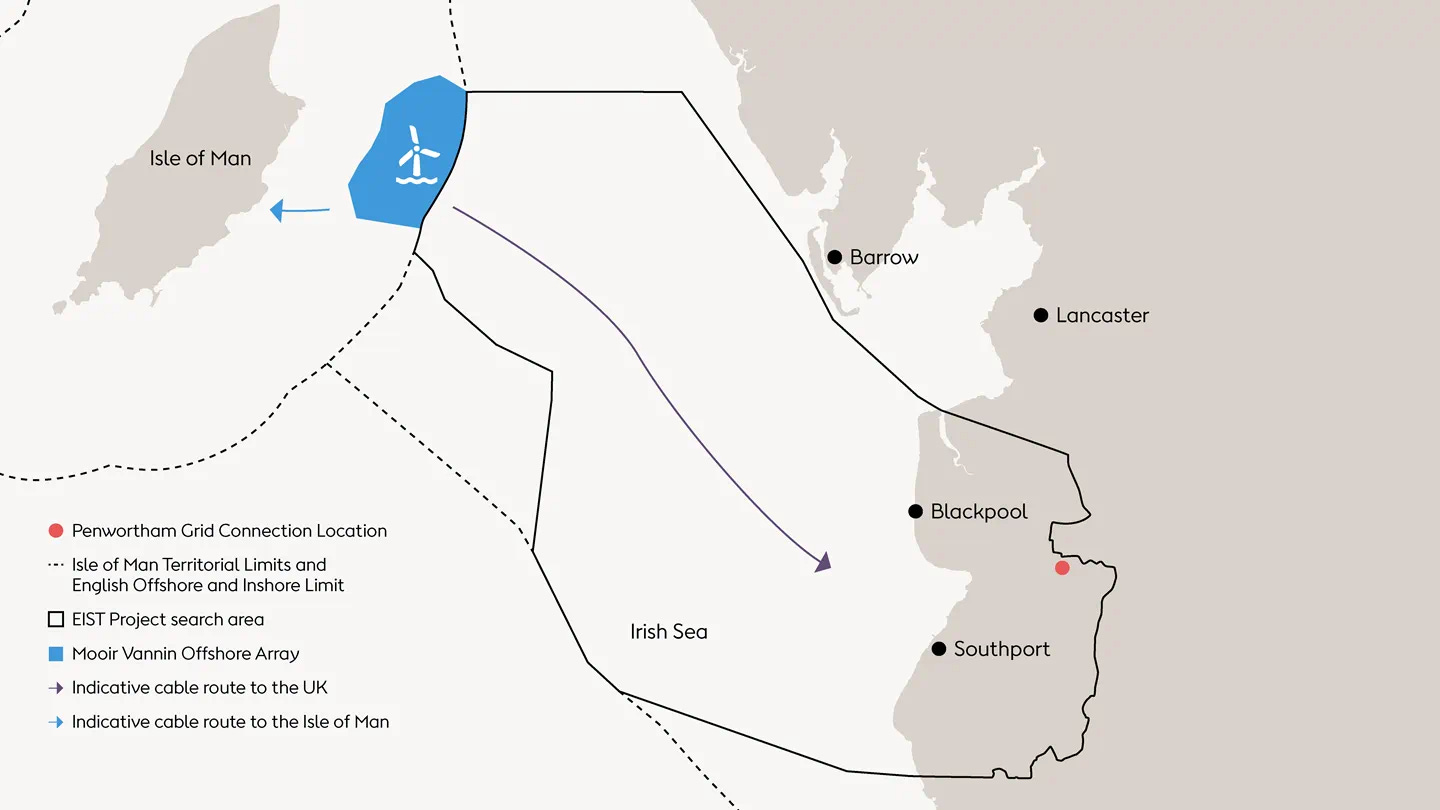
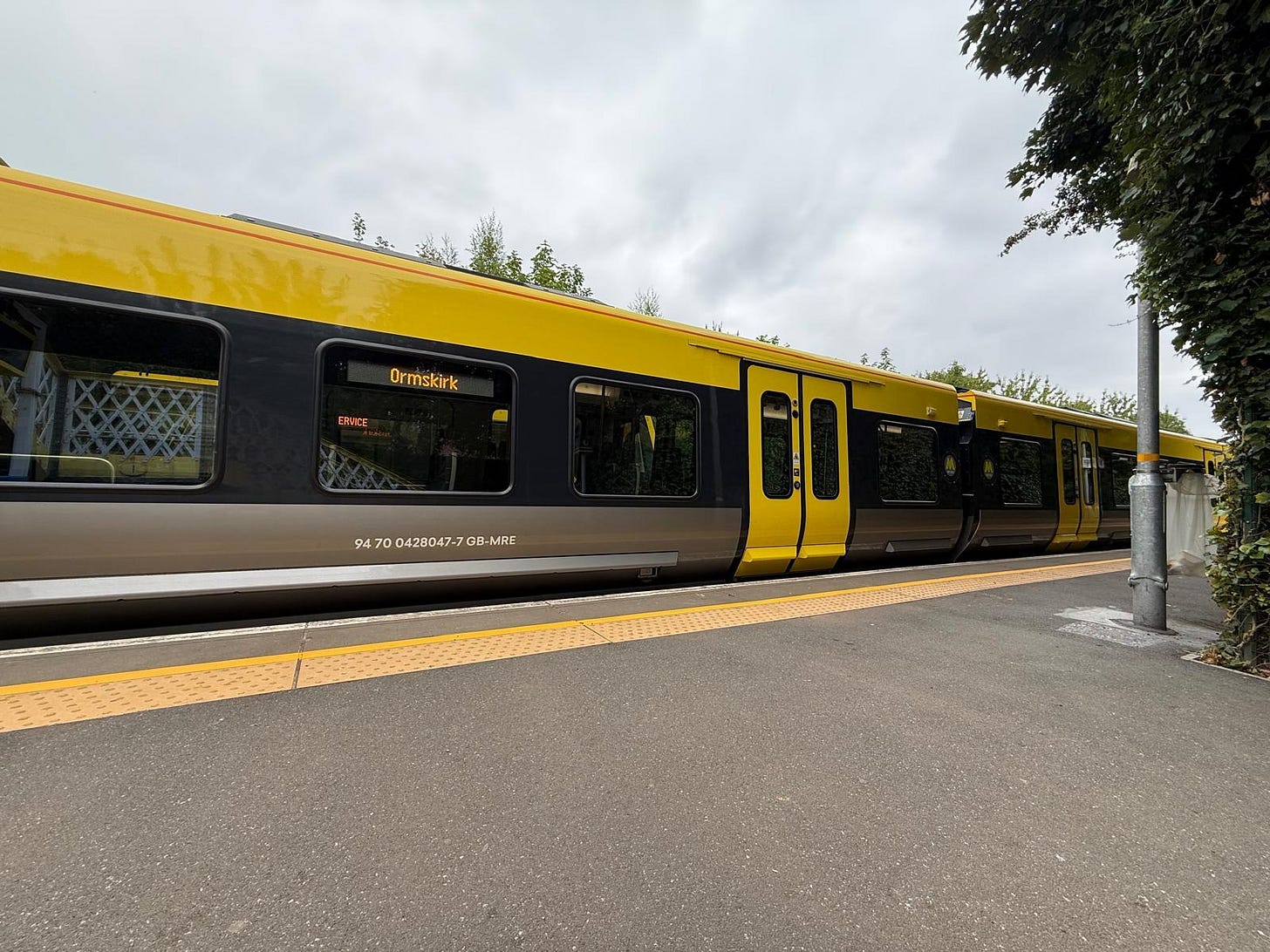
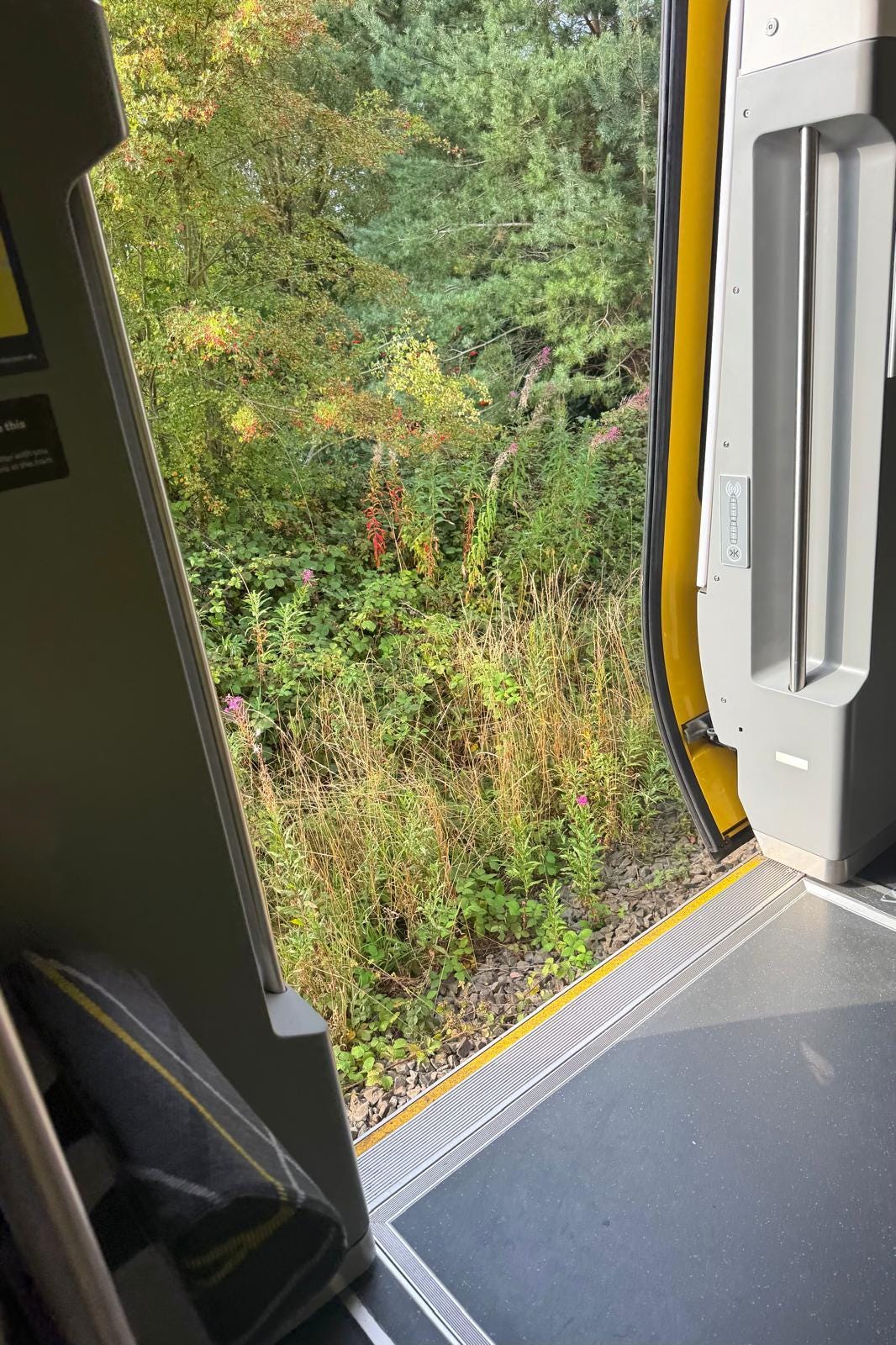
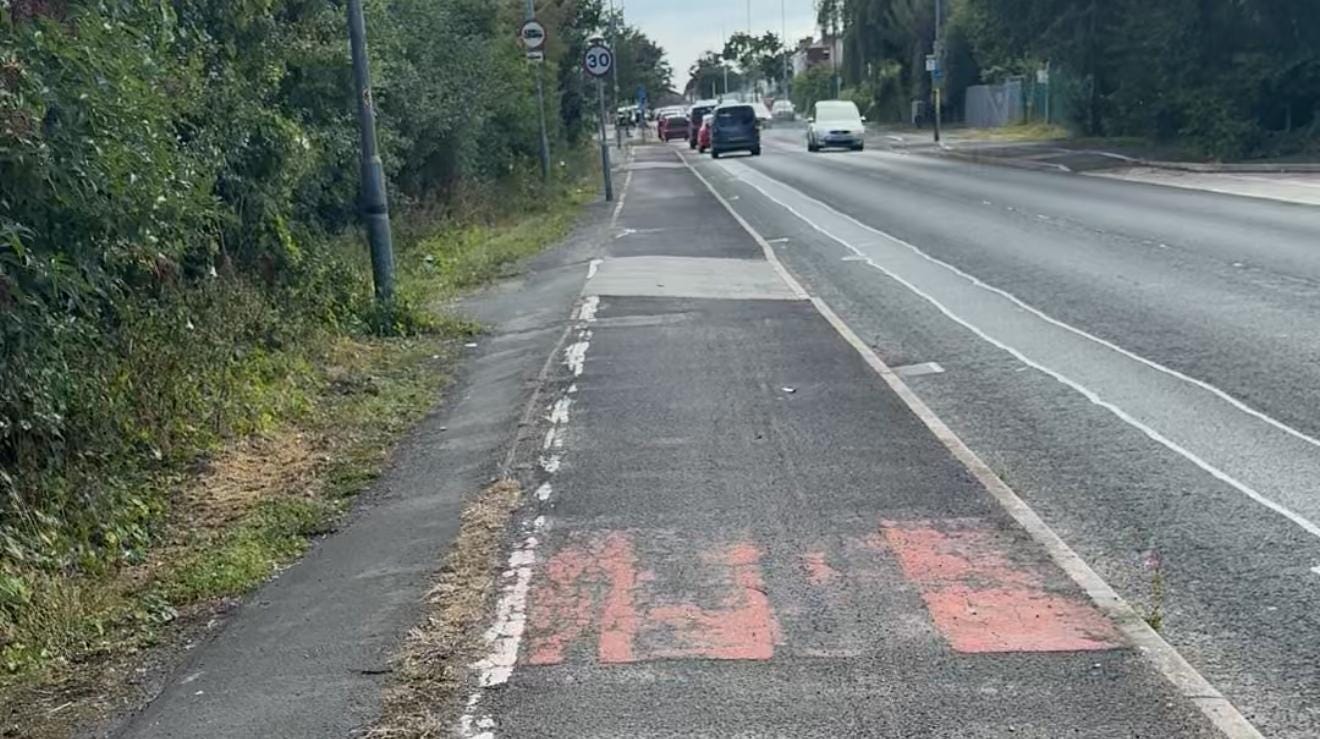
Anyone who spends £15 not once, but twice, to get a bike tyre fixed, seriously needs their head testing. As well as a crash course in how to change a tire / inner-tube. As someone who used to work as local journalist - albeit not in Merseyside - it's not practical to do that job without a car.